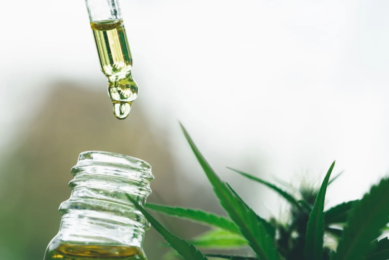USA: Antibiotics usage came down in 2017

The sales of medically important antimicrobials approved for use in food-producing animals decreased by 33% in 2017 in the United States.
That was one of the most important outcomes of a recent report by the US Food & Drug Administration (FDA). The FDA summarises annual data on usage of animal drugs with an antimicrobial active ingredients as it has to be reported how much of each has been sold or distributed.
Changes in the US antibiotics market
The 2017 summary report is particularly interesting as it reflects the changes in the United States marketplace since the complete implementation of Guidance for Industry (GFI) #213. This guidance, which went into effect in January 2017, implied that products that are medically important in human medicine (specifically, antimicrobials used in feed and water), would get a different status. No longer would they have an over-the-counter (OTC) status, but a prescription or Veterinary Feed Directive marketing status. In addition, all production claims were removed.
When compared to 2015, the drop of sales and distribution of medically important antimicrobials is even stronger – 43% in comparison to that year. The year 2015 is considered the year of peak sales. When compared to 2009, which was the 1st year in which the antibiotics were monitored, the drop was 28%.
Tetracyclines, representing the largest volume of these domestic sales (3,535,701 kg in 2017), decreased by 40% from 2016 through 2017.

Read more about pig health in the Pig Progress Health Tool
Medically important antimicrobials
Obviously, the sales of medically important antimicrobials approved for use in food-producing animals that have an approved indication for production use decreased from 5,770,655 kg to 0 kg from 2016 through 2017 – all a result of the implementation of GFI #213.
The domestic sales and distribution of medically important antimicrobials approved for use in food-producing animals that are sold over the counter decreased from 8,000,326 kg to 271,280 kg from 2016 through 2017 as a result of the implementation of GFI #213.
Subdivision of the 2017 antibiotics sales figures
The FDA report went on to subdivide the 2017 domestic sales and distribution of medically important antimicrobials approved for use in food-producing animals:
• Tetracyclines: 64%;
• Penicillins: 12%;
• Macrolides: 8%;
• Sulfas: 5%;
• Aminoglycosides: 5%;
• Lincosamides 3%; and
• Cephalosporins: <1%; and>
• Fluoroquinolones: <1%.>
An estimated 36% intended for use in swine, an estimated 42% was intended for use in cattle, an estimated an estimated 12% intended for use in turkeys, an estimated 5% intended for use in chickens, and an estimated 5% intended for use in other species/unknown.
Furthermore, the report went on to state that an estimated 84% of lincosamides and 40% of macrolides were intended for use in swine. An estimated 80% of cephalosporins, 72% of sulfas, 48% of aminoglycocides, and 44% of tetracyclines were intended for use in cattle. An estimated 61% of penicillins were intended for use in turkeys.











